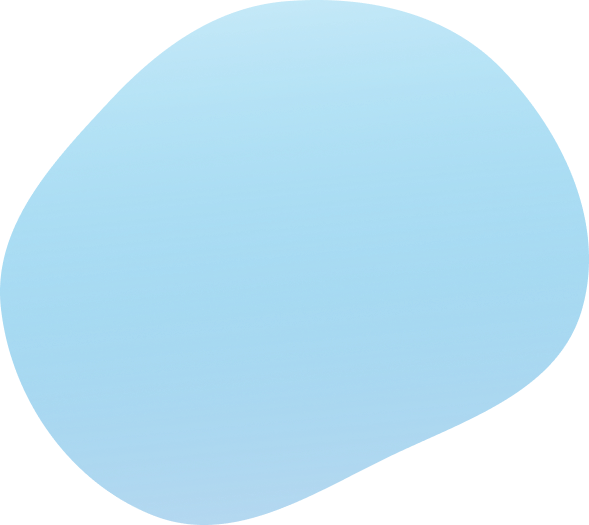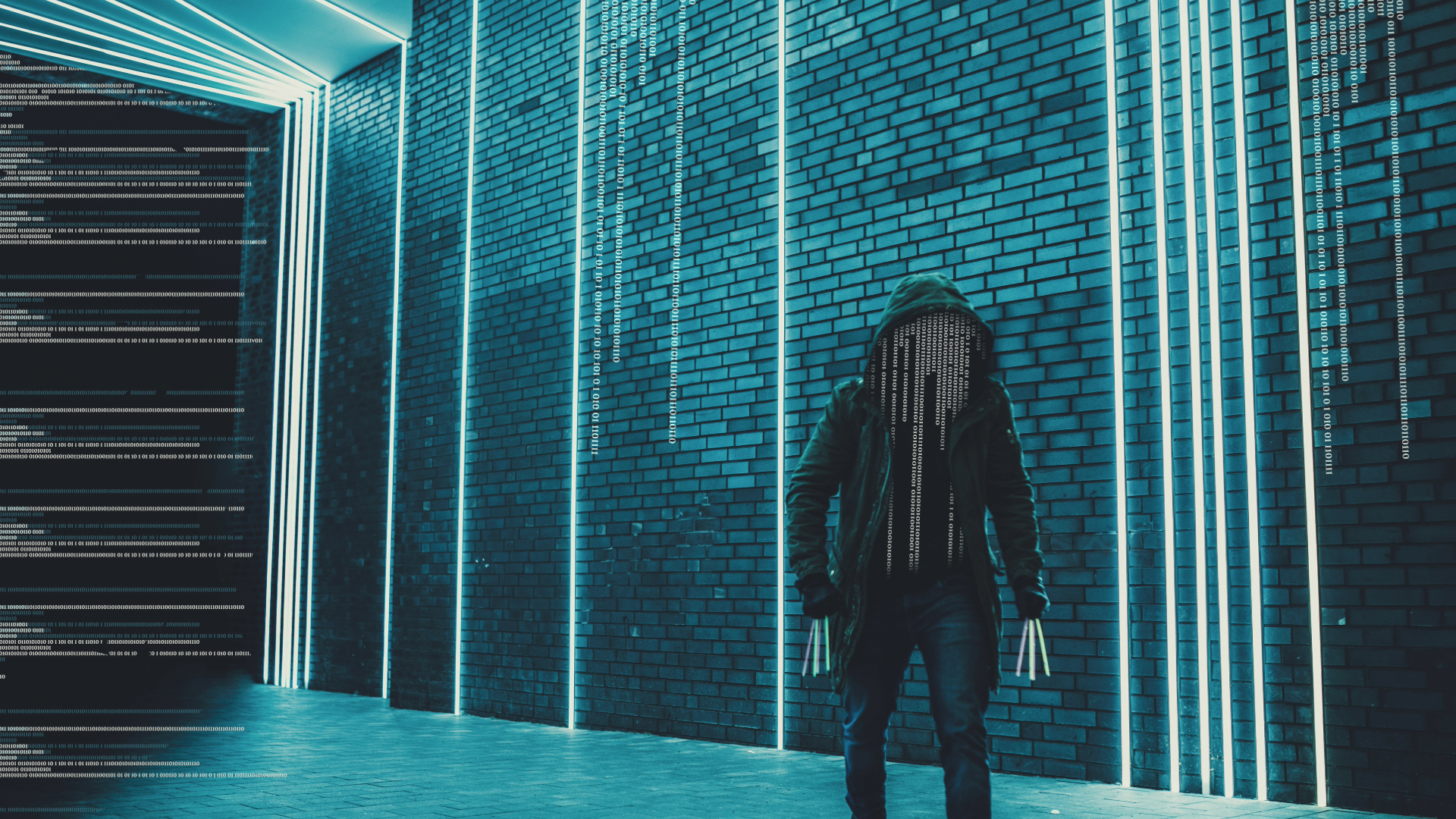A dark fiber network (dark fibre network or dark network) is an optical fiber platform that is privately owned and operated. While many individuals lease optical fiber lines or purchase bandwidth, some private companies purchase dark fiber in large numbers.
Google, Inc. started demonstrating its interest in dark fiber in January 2005 when the company placed an ad on its job site looking for a dark fiber expert. At that time, CNET believed that Google’s interest in dark fiber had to do with the company’s future plans to purchase a dark fiber network.
Dark fiber networks usually consist of thousands of miles of fiber-optic cables, so dark fiber networks are more likely to exist in high-population areas instead of small, local areas (such as small schools). Dark fiber networks are used for Internet access and Internet networks.
Dark fiber networks come in eight, basic typologies:
- point-to-point
- bus
- star
- ring or circular
- mesh
- tree
- hybrid
- daisy chain.
Dark Fiber Network #1: Point-to-Point Typology
Point-to-point typologies shows data transmitted between two endpoints. There are two major types of point-to-point typologies: a) permanent (dedicated) and b) switching.
An example of a point-to-point network consists of a telephone in a school that only allows calls from a teacher’s classroom to the principal’s office and back. A telephone in a public building (such as a courthouse) that only rings “911” for emergencies is a second example.
Conventional telephony, however, leaves room open for switched typologies, where a telephone can be “switched” from one destination to another when needs change.
That is, someone could circuit a telephone line from calling the principal’s office to calling another teacher’s classroom (if a principal is not available for contact).
The next seven typologies are examples of multi-point typologies, a second major form of a dark fiber network.
Dark Fiber Network #2: Bus network
A bus network typology is a data transmission architecture that works similar to a bus. On a bus, there is one driver and many students or passengers on the bus. The one driver steers the bus (containing many passengers) in a set direction.
A bus dark fiber network does the same: there is one communications line or cable that controls many “passengers” or many machines.
The data is sent from one machine and travels with a set destination to find the one machine that is scheduled to be the recipient. If the data finds the perfect machine, then it sends the information to the intended machine.
If the data does not find the intended machine, it ignores the data completely or “bounces” the data back to the machine from which it is sent. This is the reason why phone calls placed to a number that has been “disconnected or is no longer in service” are ignored.
There are two types of “bus” typologies on a dark fiber network: linear bus and distributed bus. In a linear bus dark fiber network, there are only two endpoints of data transmission (from the sender to the receiver and back).
There is one common medium through which information is transmitted. With a distributed bus dark fiber network, however, there is a common medium that transmits information, but more than two endpoints are involved.
Dark Fiber Network #3: Star Network
Star networks are so named because, in many cases, computers are connected to one central machine in a “star” shape (-X). The central machine is the point at which data is transmitted or rejected.
All the computer workstations must be connected to a single computer on the network in order to classify as a star network. This indicates the star network as one that has a “two endpoints” destination.
Star networks come in two types: broadcast multi-access (BMA) or nonbroadcast multi-access (NBMA).
In BMA star networks, data signals are sent to all computers on the network; in NBMA star networks, each data signal is sent from the central hub device to only one computer on the network.
Dark Fiber Network #4: Ring Network
A ring network is a dark fiber network that occurs in a “ring shape,” as can be demonstrated by way of a circular network. In a ring network, however, there is no central computer or workstation — since a circle has no beginning or end point.
Each computer on the ring network sends the data signal to the next computer, but the data only travels in one direction. In ring networks, since there is no one central computer, each computer or workstation is valuable and essential to the transmission of data signals to their intended destination.
With ring networks as with other multipoint shaped typologies, there is a risk: if there is only one intended destination and every computer or workstation is vital to the transmission of data signals, then one break in the data signal chain can destroy the entire process and cause the network to ignore the signal destination.
Fibre Distributed Data Interfaces, or FDDIs, overcome the vulnerability of a single break leading to an error in data signal transmission by sending data in both a clockwise direction as well as a counterclockwise direction (where data signals are transmitted in the opposite direction).
The counterclockwise direction is known as a “counter-rotating ring,” and the networks that allow both directions are known as “dual ring” networks. IBM’s Token Ring or 802.5 Networks do not suffer from this vulnerability.
Dark Fiber Network #5: Mesh Network
A mesh network is a dark fiber network where each computer or workstation is connected to all other computers and workstations. Each computer is connected to every other computer, so that information passes through all of the computers to which each one is connected.
This is different from point-to-point networks, where one computer may be connected to only one computer on a given network or one computer is the central hub to relay data signals and information.
Mesh networks can rely on either a flooding technique or a routing technique. With a flooding technique, mesh networks transmit data between every computer on the network. With a routing technique, the mesh network can go around its limit. What should happen if, say, one computer or path is broken or blocked? Routing techniques come with what are called “self-healing algorithms.”
Mesh Networks and Self-Healing Algorithms (Dark Fiber Network)
Self-healing algorithms refer to the self-healing capability of mesh networks, a property by which mesh networks can “go around” a broken or torn connection in the network. Self-healing capabilities provide more than one path by which data can travel. If information is sent from one computer to another, and one path is broken, another path can be used on mesh networks that will allow the data to make its way to the intended destination.
Two Types of Mesh Dark Fiber Networks
There are two types of mesh networks when referring to a dark fiber network: one is a fully connected network, the other is a partially connected mesh network. On a fully-connected mesh network, each computer or workstation is connected to each other.
This differs from a partially-connected mesh network, where some computers on the network are connected to “some” of the others. Partially-connected mesh networks rely on data signal travel by way of what is known as “Shortest Path Bridging.”
What is Shortest Path Bridging? Partially-Connected, Mesh Dark Fiber Network
According to Wikipedia, shortest path bridging (or SPB) refers to the configuration of networks that “virtually eliminates human error, while enabling multipath routing.” It is designed to allow data transmission to occur, even in the face of human mistake.
Shortest path bridging relies on the Institute of Electrical Electronics Engineers standard 802.1aq standard. In cases of network breaks, an alternative path is chosen.
Dark Fiber Network #6: Tree Network
Have you ever seen a “genealogy” record or “family tree”? The family tree connection shows how each relative is related to every other relative, connecting parents, grandparents, and so on.
This is how a tree network operates. A tree network has a hierarchy diagram of network connections, where computers on a higher level are connected to computers at a lower level (the same way branches are connected to other branches).
This is referred to as a “branching factor” in the tree network.
Many technicians refer to tree typology on a dark fiber network as “a combination of Bus and Star typology,” or a combination of Bus and Star networks.
Tree networks are, thus, a form of a hybrid network — although hybrid dark fiber networks involve more than just Bus and Star typology network combinations.
Dark Fiber Network #7: Hybrid Network
A hybrid, dark fiber network occurs when two or more typologies are part of the same network.
A good example of a hybrid dark fiber network is a star bus network and a star ring network. In a star bus network, there is one centralized hub that connects to all other computers, while a star ring network connects each computer to every other computer but does not have a centralized hub.
There is a “star of stars” network known as a Snowflake typology, but this network is only composed of stars — making it a multi-level star network, but nothing more.
Dark Fiber Network #8: Daisy Chain Network
A daisy chain network is similar to a ring network in that each computer on the network is connected to the next computer, and each is involved in a succession of computers.
With a ring network, however, there is no central computer (typical in a ring network). While daisy chain networks have a ring typology, they also have a linear typology:
Linear typologies on a daisy chain network have two receivers and two transmitters, though they are more affordable today (such as Ethernet connections in universities and corporate buildings).
Dark Fiber Network in the News
Google’s job ad, according to CNET, called for a fiber-optic cable expert. In 2005, it was predicted that Google wanted to enter into the telecommunications business. Flash forward seven years, and you will see that Google did just that. In August 2012, Google announced the creation of its own broadband dark fiber network, known as “Google Fiber.” Google Fiber is designed to reach people living in inaccessible areas with broadband Internet and HDTV.
The goal for Google was to infiltrate areas with its services that have no other Internet source available. In places where such competition in broadband is lacking, Google would be able to maximize its profits and make a name for itself.
So far, Google has established Google Fiber in Kansas City, Missouri, and Provo, Utah. The company looks to bring Google Fiber to Austin, Texas, the next city on Google’s list that will receive its broadband Internet services.
How does Google go about registering certain cities to receive its services? It selects them based on “size and density of neighborhoods in addition to the speed and level of difficulty,” according to the Google Fiber blog.
In Kansas City, for example, there are at least 25% of city residents who do not have Internet access. Google took advantage of its service and presence in the area last Fall, giving out ice cream and renting out a building called the “Fiber Space” to educate residents about Google’s new service.
Google started in Kansas City, but has now branched out to Provo, Utah. The Mountain View, California company decided to purchase Provo City’s fiber-optic cable network and transform it to Gigabit Ethernet speeds.
Google Fiber requires a $30 activation fee from residents in Google Fiber areas, but Provo City will receive seven free years of Internet upon residential purchase of the $30 activation fee.
Google Fiber intends to not only bring broadband, high speed Internet, but also HDTV with its services.
Any resident within a Google Fiber area can receive broadband Internet and television on a two-year contract for free ($0), but those who want Google’s Gigabit service (1Gbps upload and download speeds) will be required to pay a minimum of $70 each month.
Those who want to have both broadband Internet and HDTV will pay $120 each month on a two-year contract. In many areas, a $300 one-time activation fee will suffice (or a $25 monthly fee for one year). Google Fiber intends to bring its services to Shawnee, Kansas next. Watch out for Google Fiber in a city near you sometime in the future.




